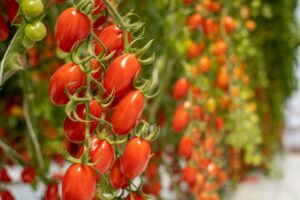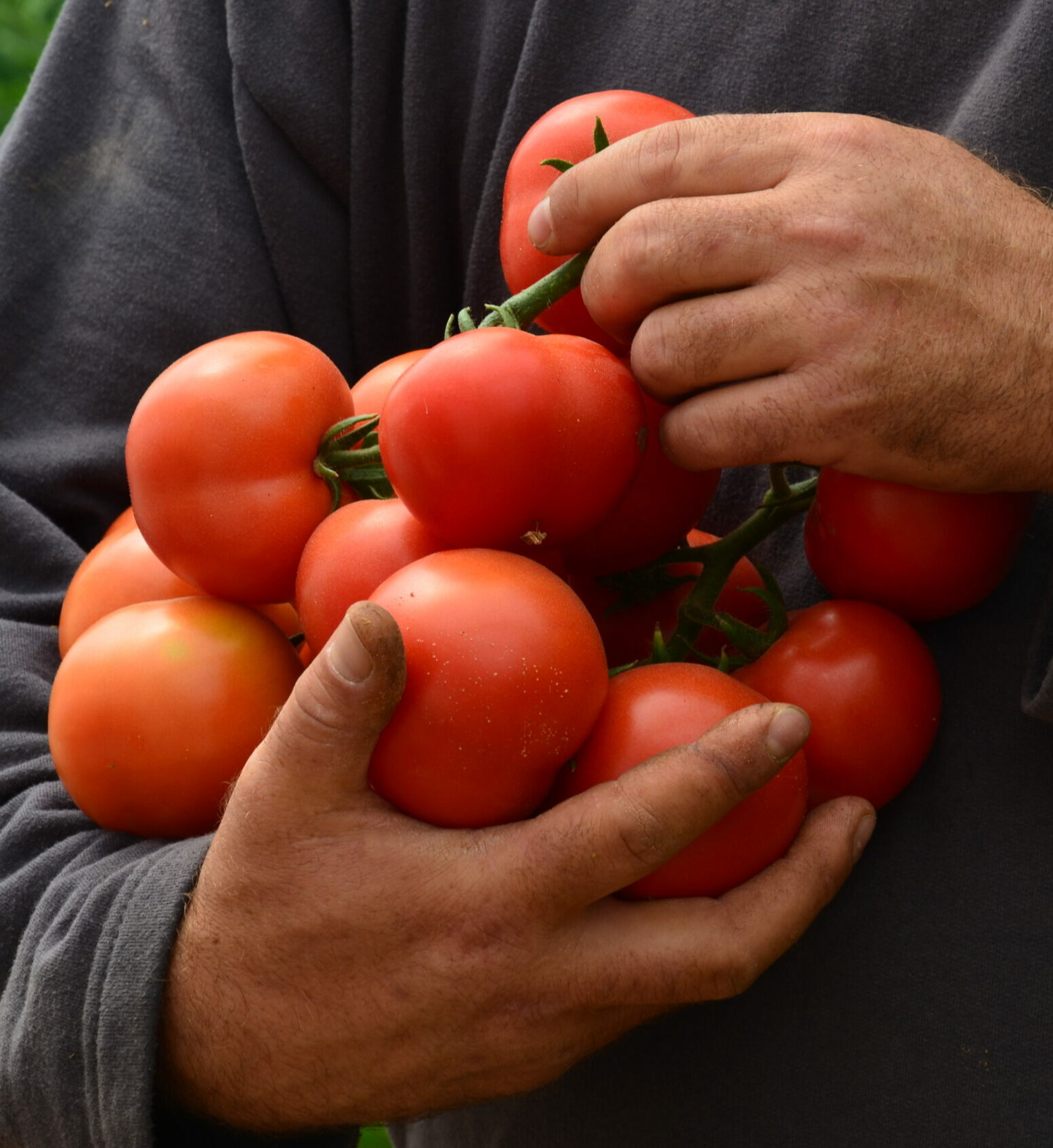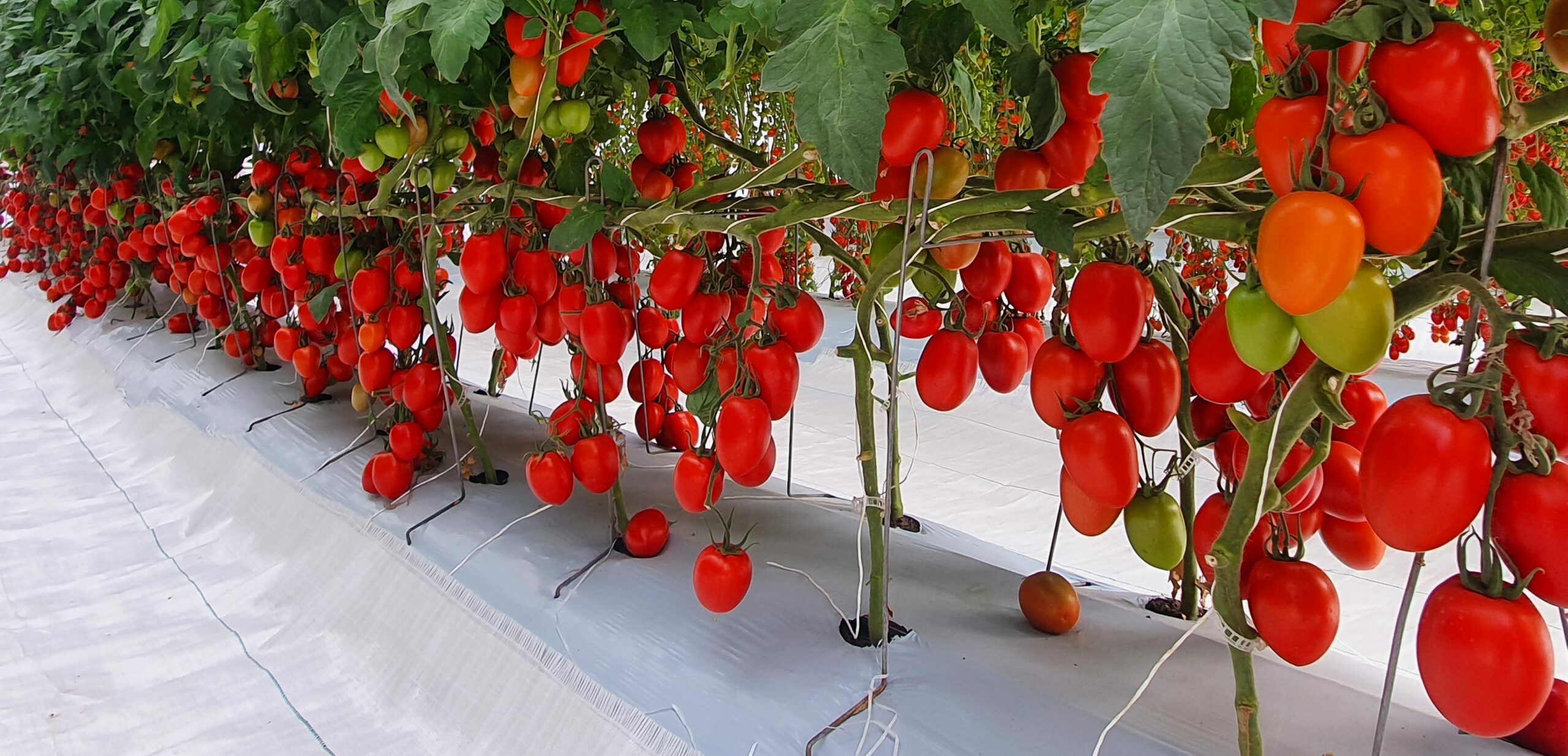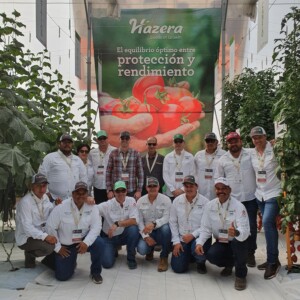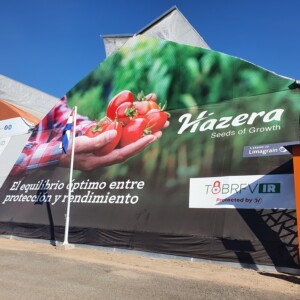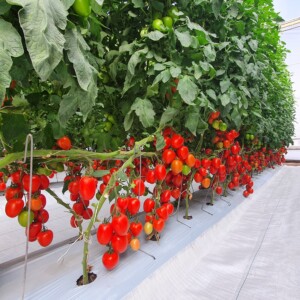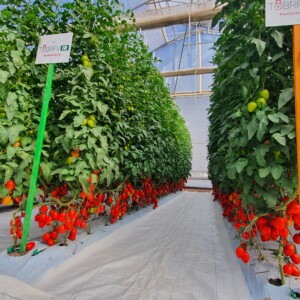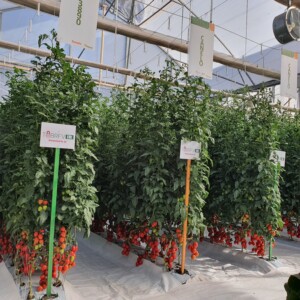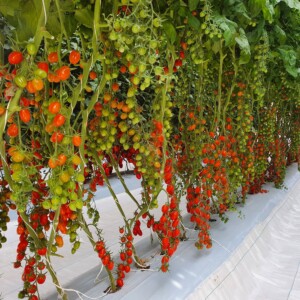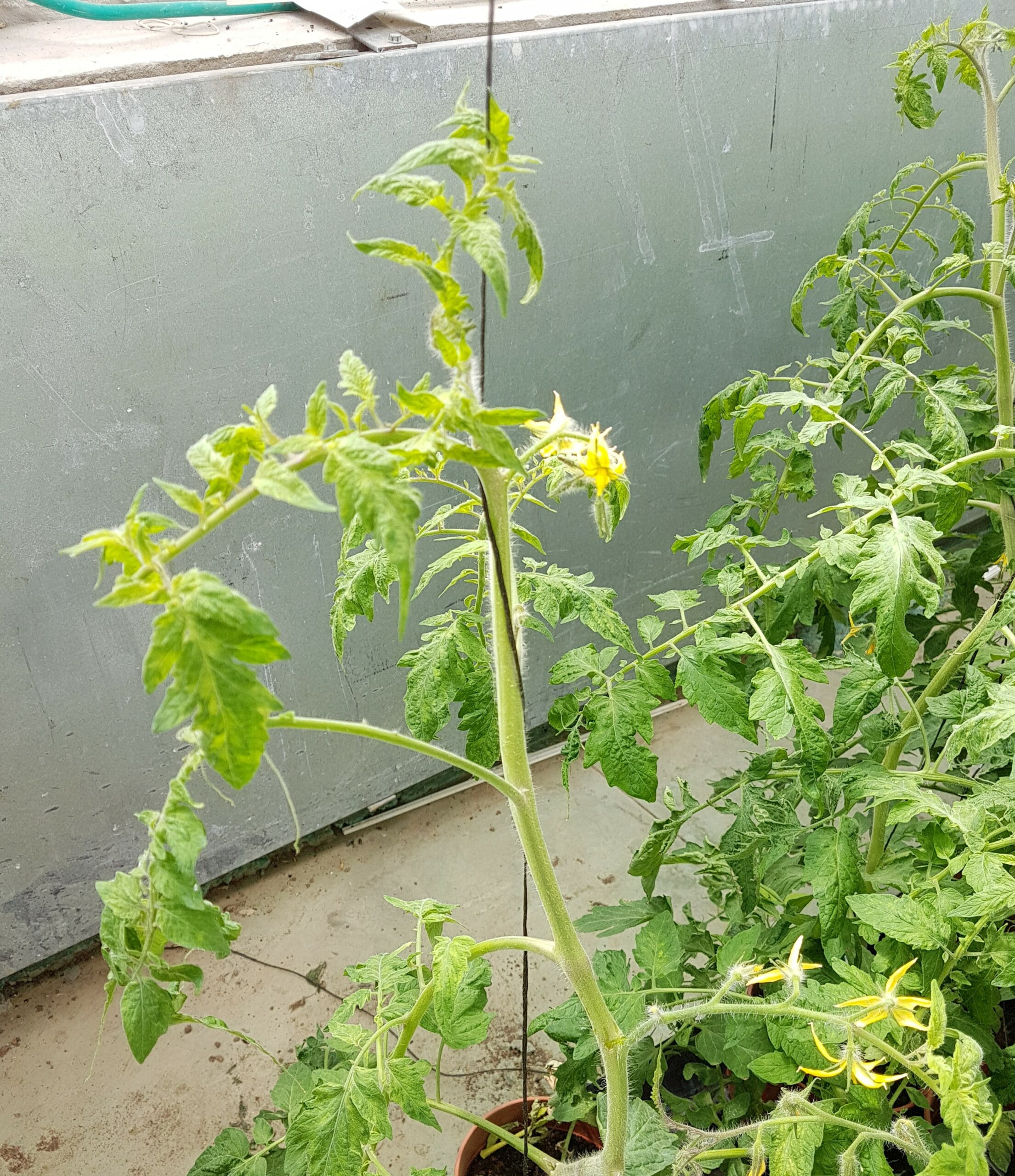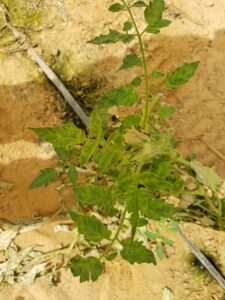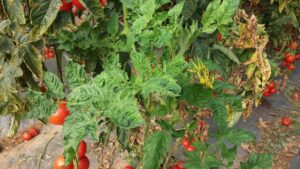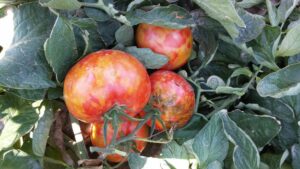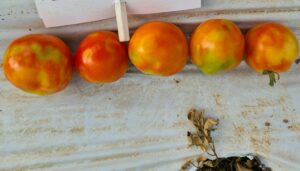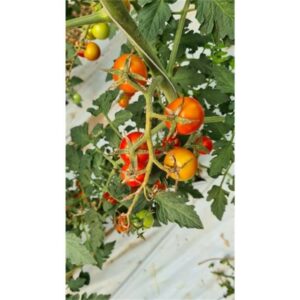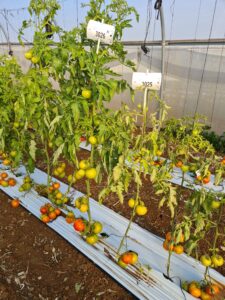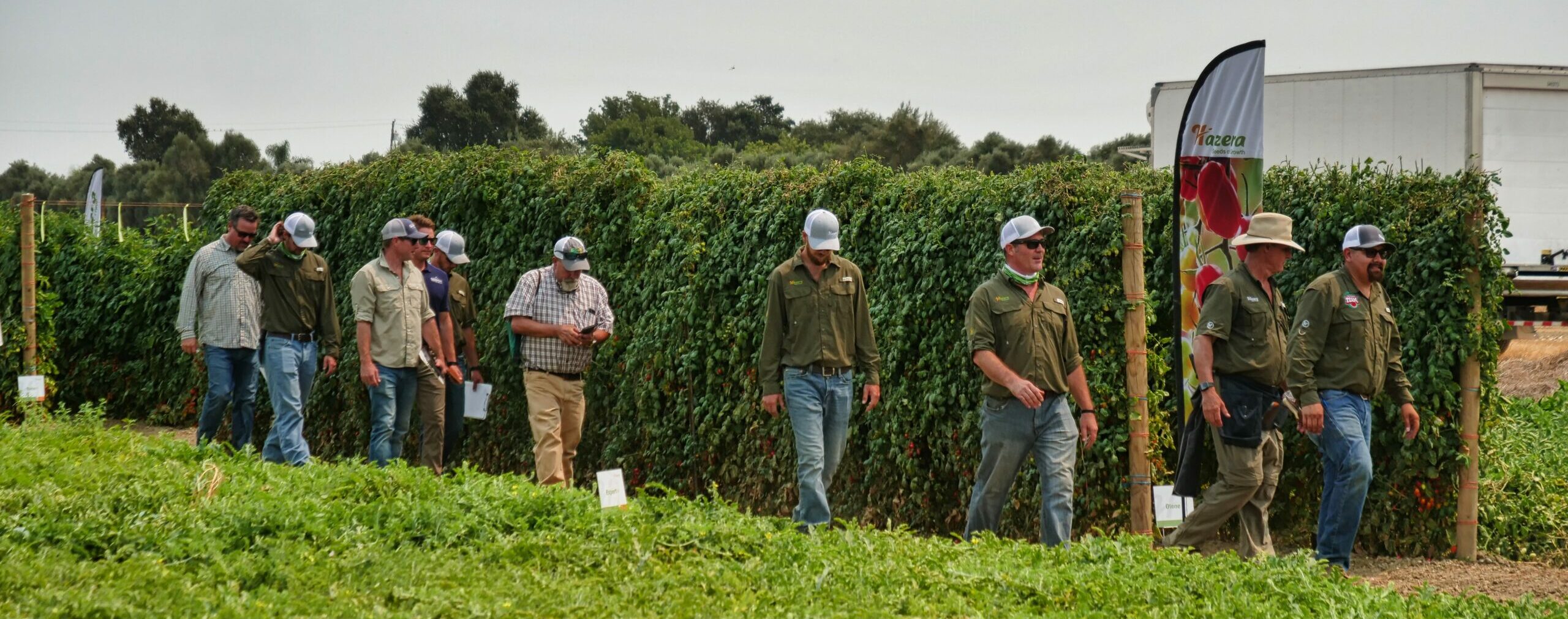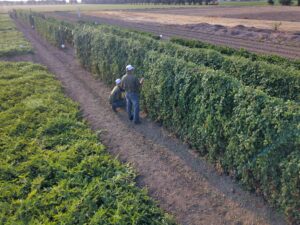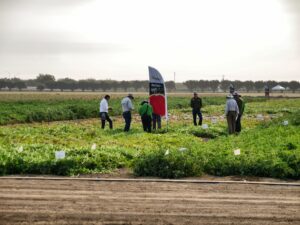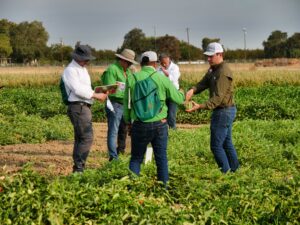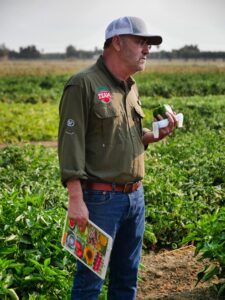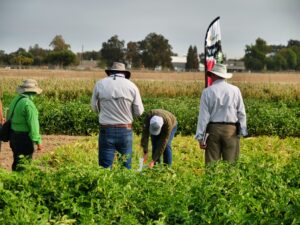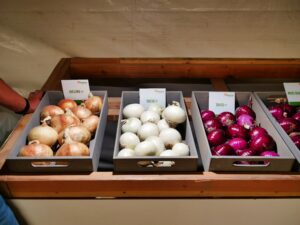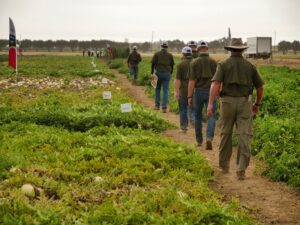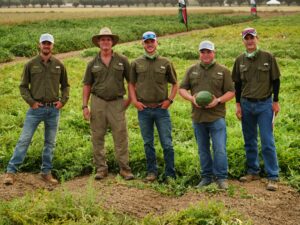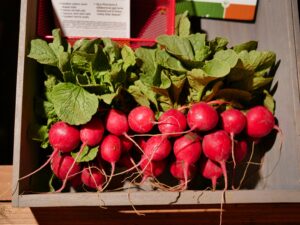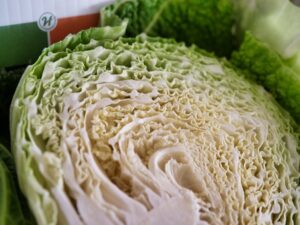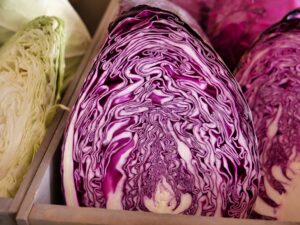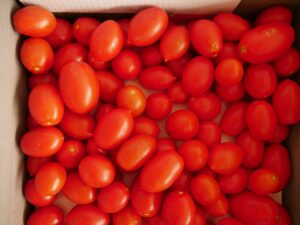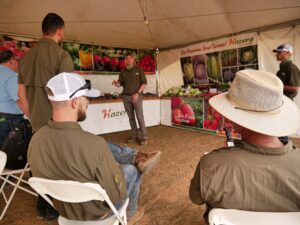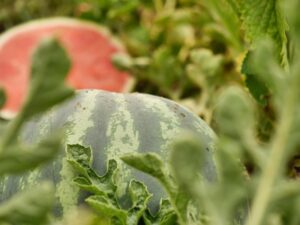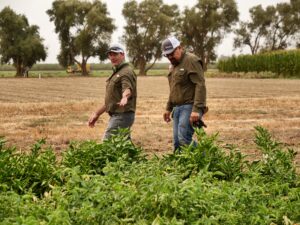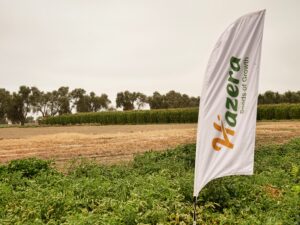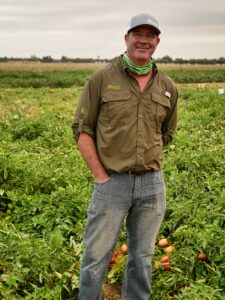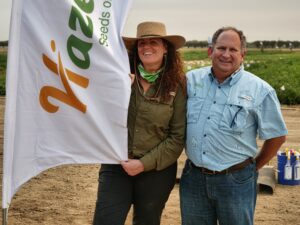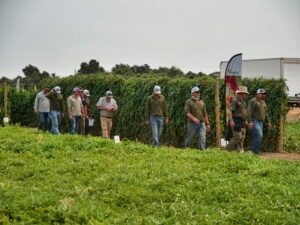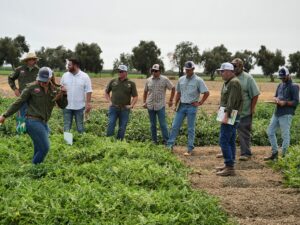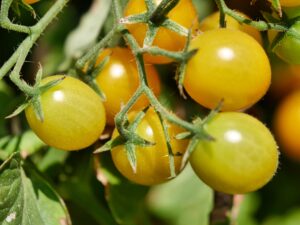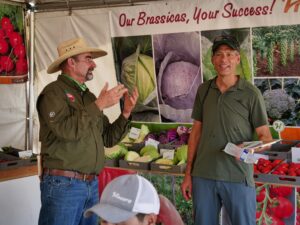Did you know that tomato variety Galilea was introduced to the California market over 20 years ago and has been a market leader ever since? This versatile and high-yielding variety is not just a California favorite but is also used around the world as a trellised variety. Its adaptability and robust characteristics have made it a favorite among growers globally.
Galilea is a high-quality, Roma/Saladette-type tomato known for its robust characteristics and adaptability to various climates. This variety is particularly favored for its large fruit size and high percentage of top-grade fruit, making it a popular choice among growers.
Plant Characteristics
Vigor: Galilea’s plant habit is notably strong and vigorous, ensuring healthy growth and high yield.
Maturity: Its medium maturity period makes it a reliable option for growers looking for a balanced growth cycle.
Picking: The fruit is picked loose, simplifying harvesting.
Leaf Canopy: The plant boasts an outstanding leaf canopy that protects the fruit from the sun, especially beneficial for bush production.
Fruit Attributes
Shape: The fruit is oval-shaped, typical of the Roma/Saladette category.
Size: The average size of the fruit ranges from 55 to 65 mm.
Weight: Each fruit typically weighs between 100 to 150 grams.
Color: Galilea is known for its intense red color, which is appealing to consumers.
Shelf Life: It has a long shelf life, making it ideal for both fresh market sales and transportation.
Firmness: The fruit is firm, which helps in maintaining its quality during handling and storage.
Growing Recommendations
System: Galilea is suitable for open-field trellised and bush production.
Climate: It thrives in various climates, making it a versatile choice for different growing regions.
Disease Resistances
Galilea is bred for resistance to several common diseases, ensuring healthier plants and better yields:
HR: Vd, Fol, race 1,2, ToMV, Pst
IR: Mi, Mj, TSWV, Sl
Galilea stands out for its strong plant vigor, high-quality fruit, and adaptability to various growing conditions. Its robust disease resistance and excellent fruit characteristics make it a preferred choice for both commercial growers and home gardeners. Whether grown in open field trellised or bush production, Galilea promises a bountiful and high-quality harvest.
Isn’t it fascinating how one variety can have such a significant impact on agriculture? Contact us if you would like to learn more.

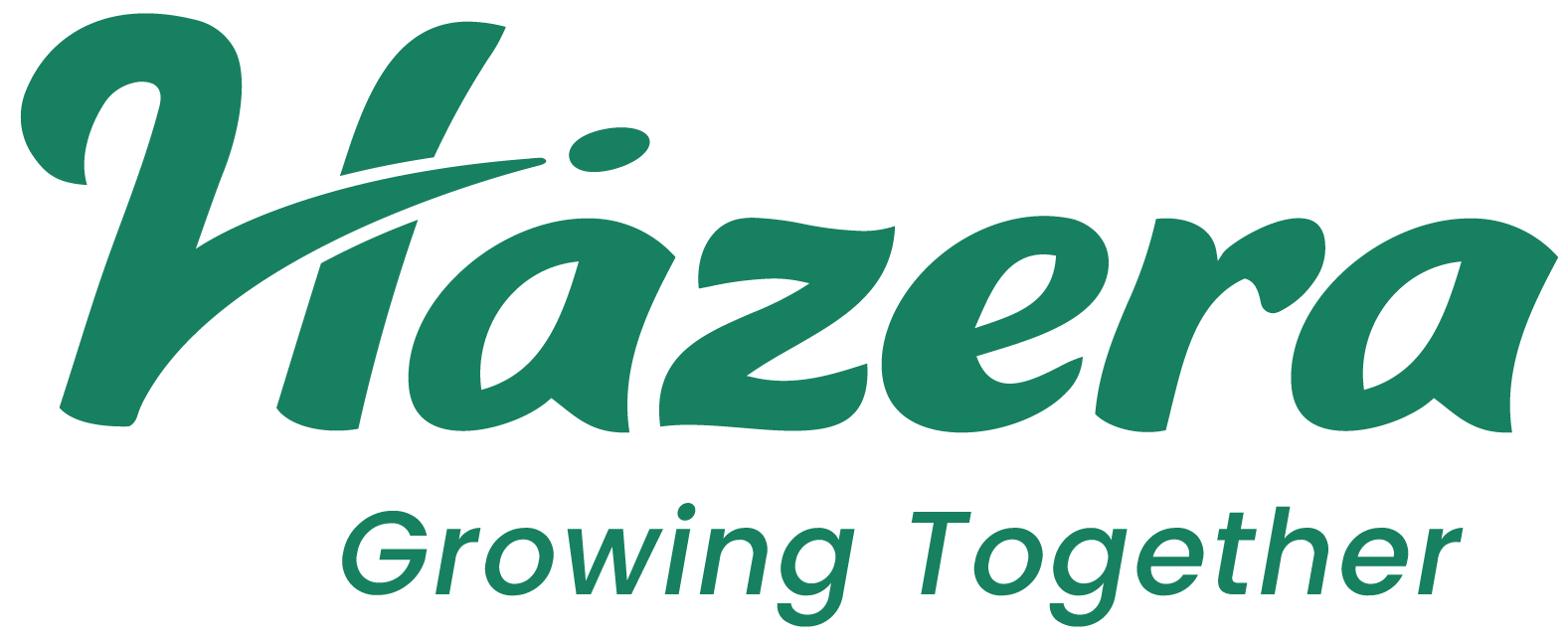
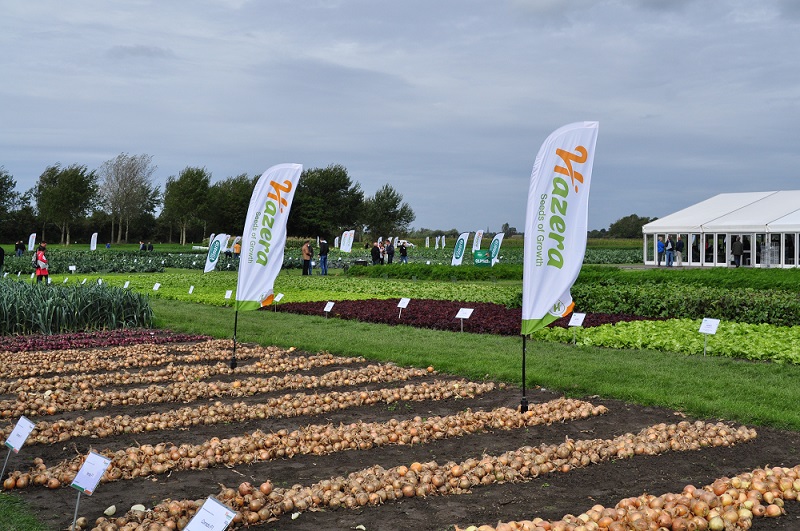

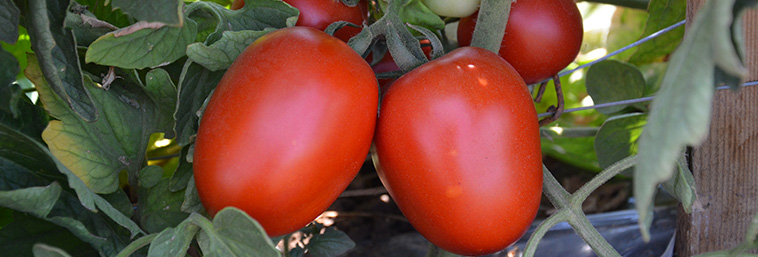
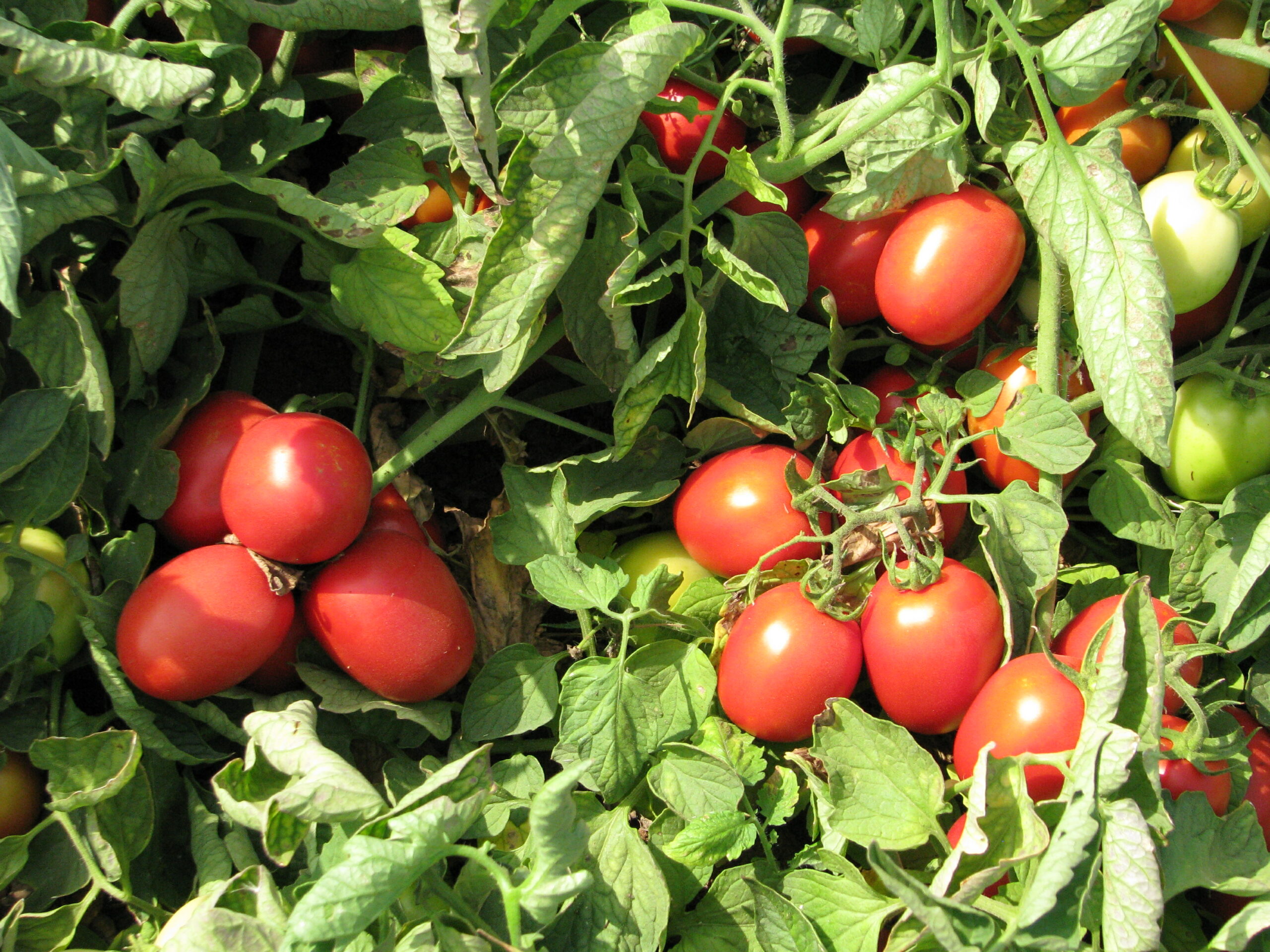
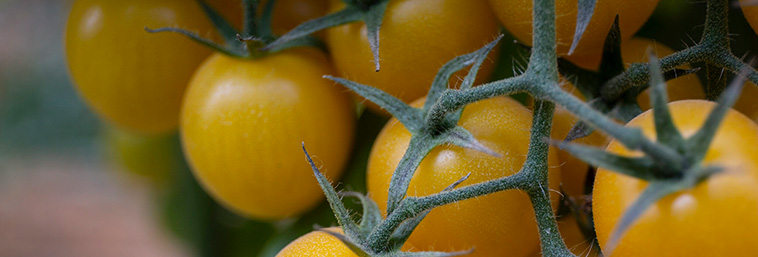
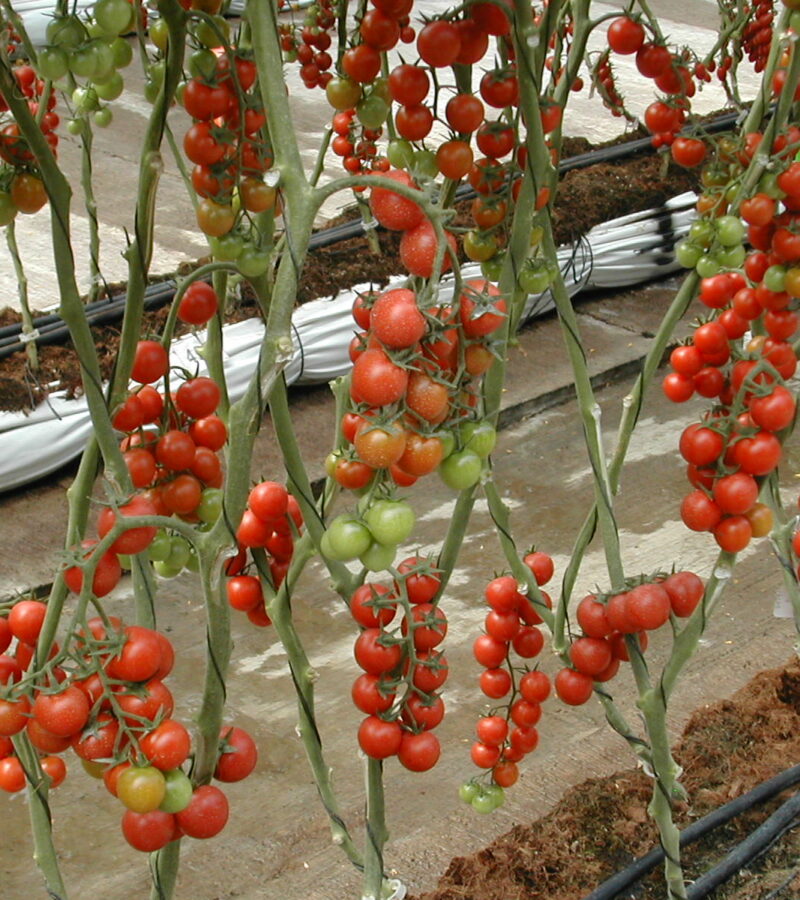
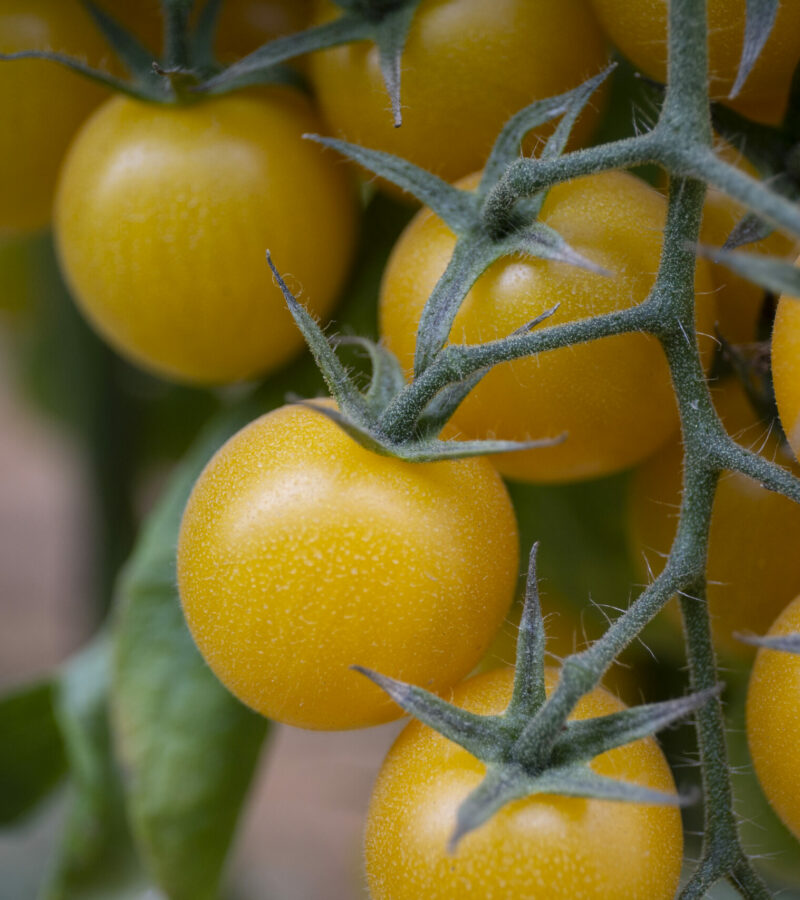
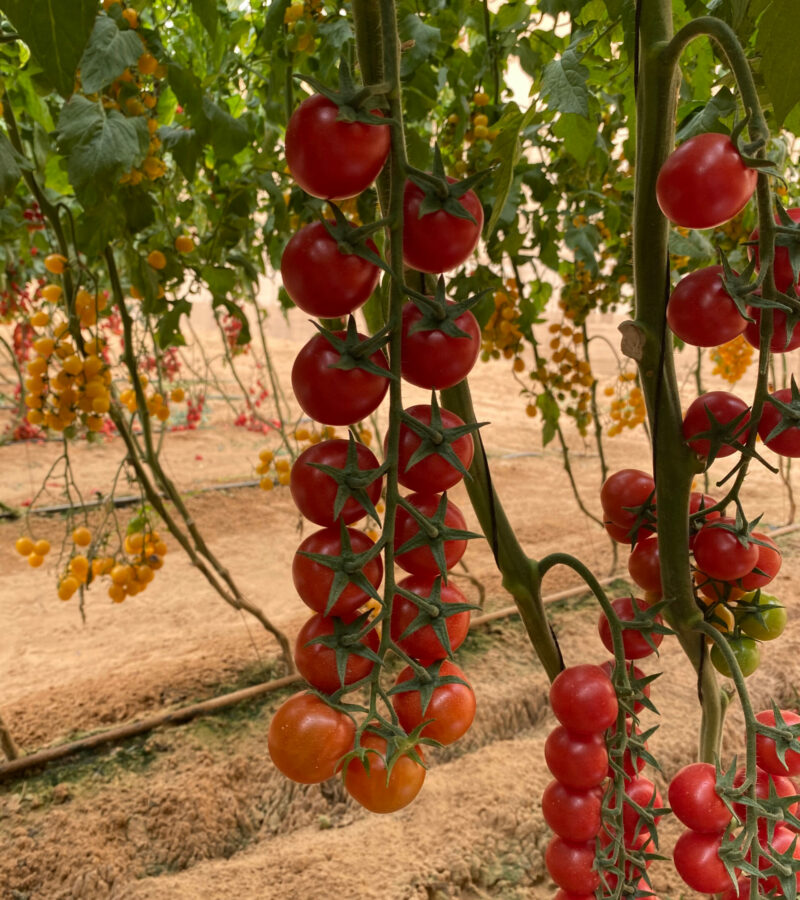
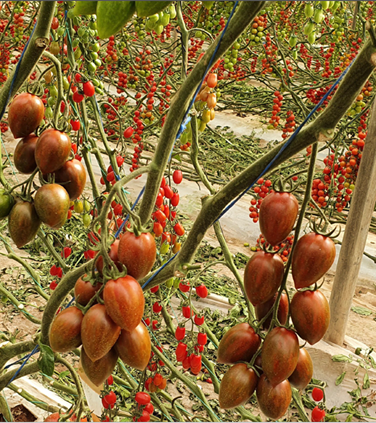
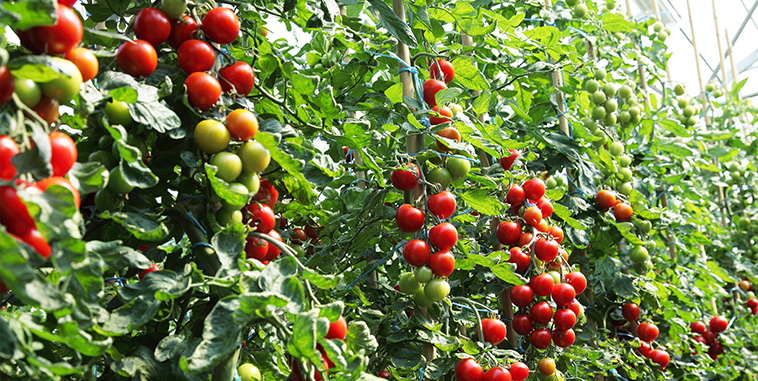

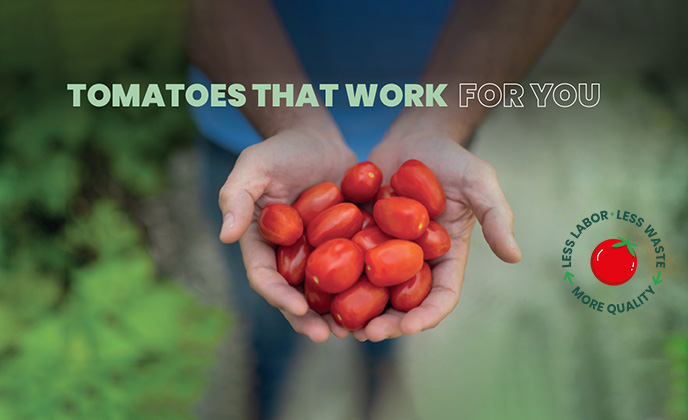
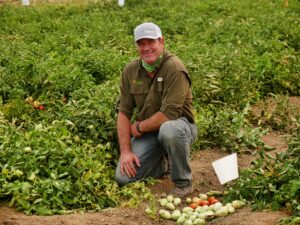 Arno Van Staden: “At Hazera, we strive to develop tomato varieties that address the challenges faced by growers, retailers, and consumers alike. With our unique advantages, we aim to provide an innovative solution that improves efficiency, reduces waste, and enhances the overall experience for everyone involved in the tomato supply chain and Camelot is exactly that variety”, says Van Staden.
Arno Van Staden: “At Hazera, we strive to develop tomato varieties that address the challenges faced by growers, retailers, and consumers alike. With our unique advantages, we aim to provide an innovative solution that improves efficiency, reduces waste, and enhances the overall experience for everyone involved in the tomato supply chain and Camelot is exactly that variety”, says Van Staden.